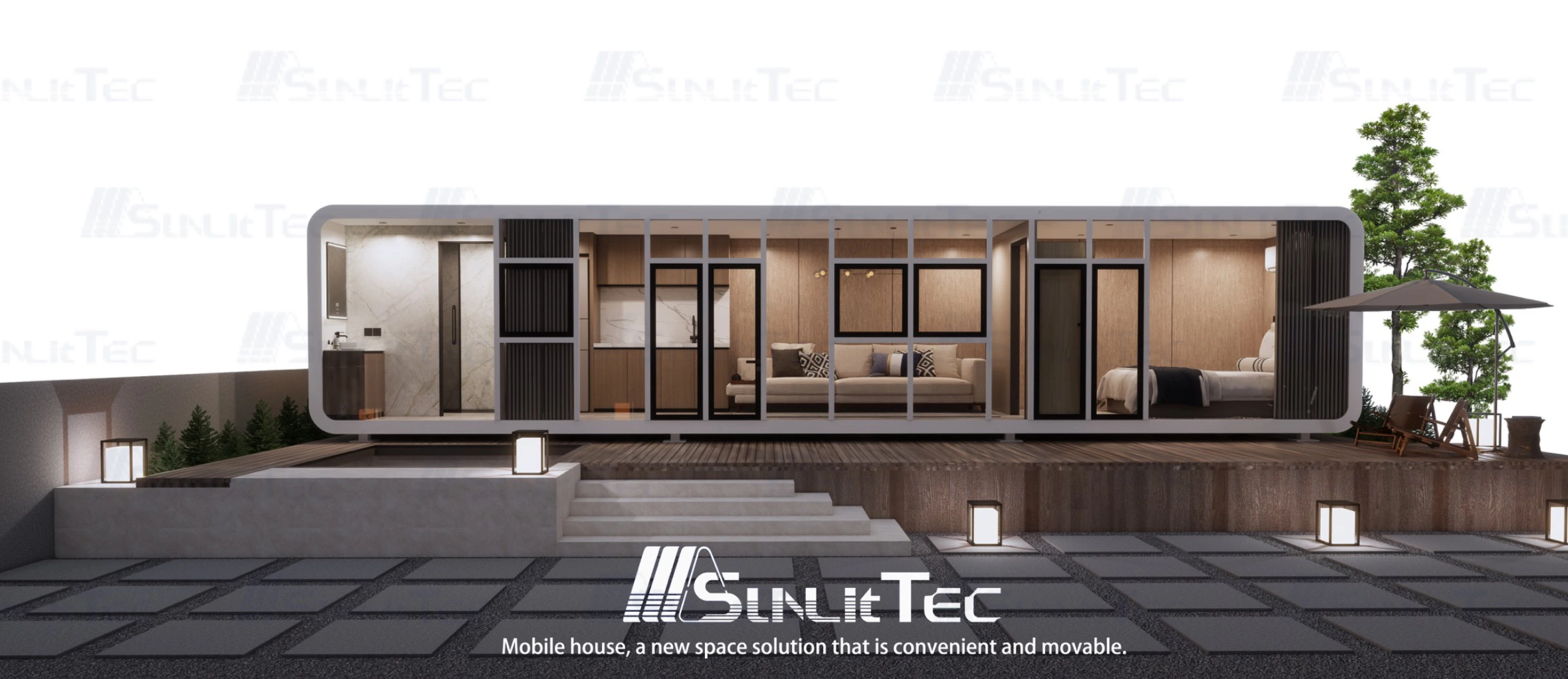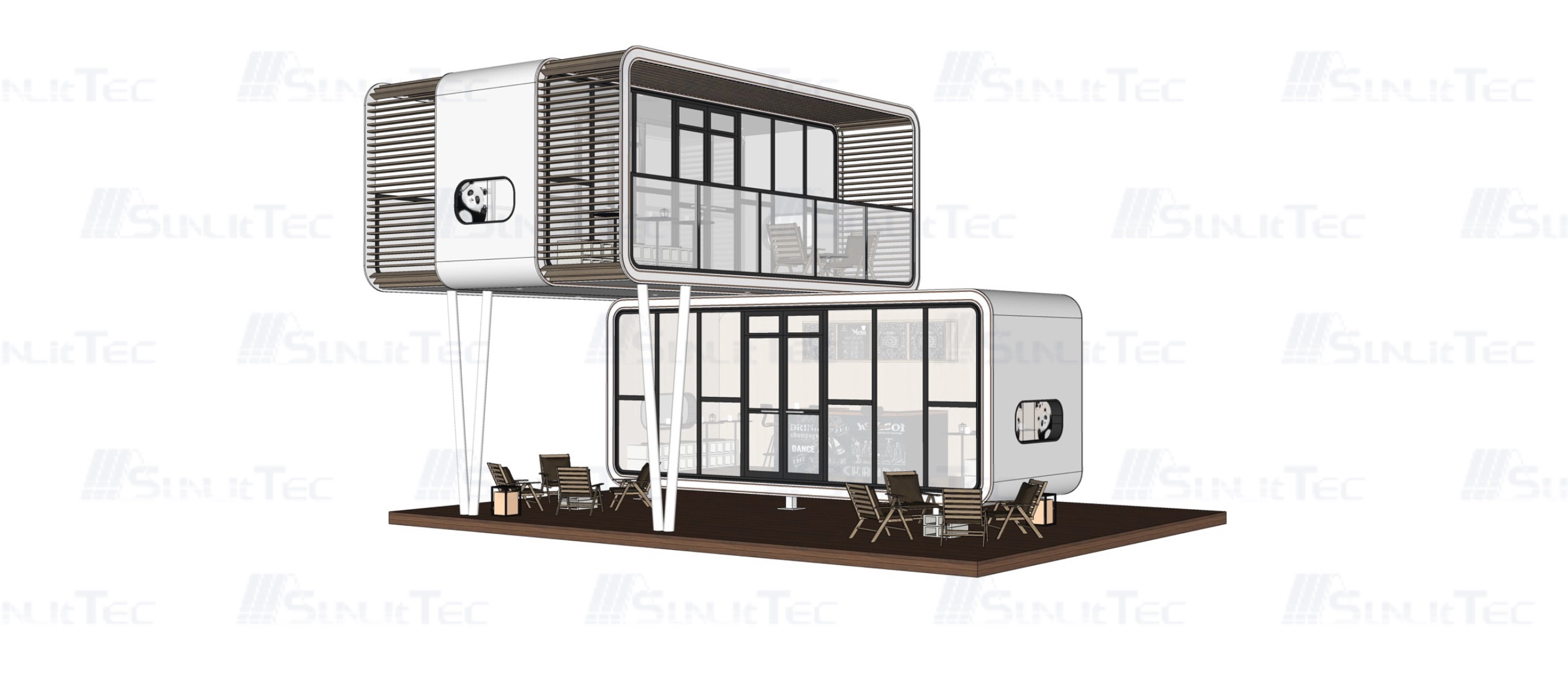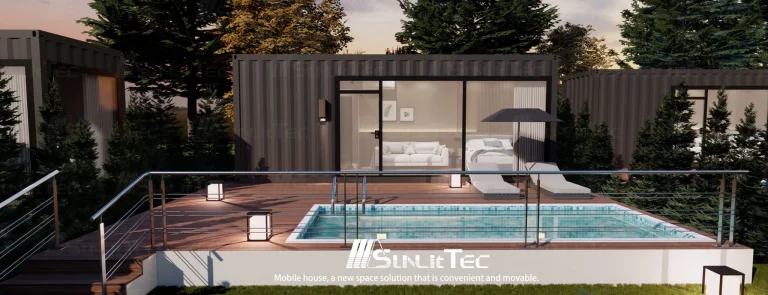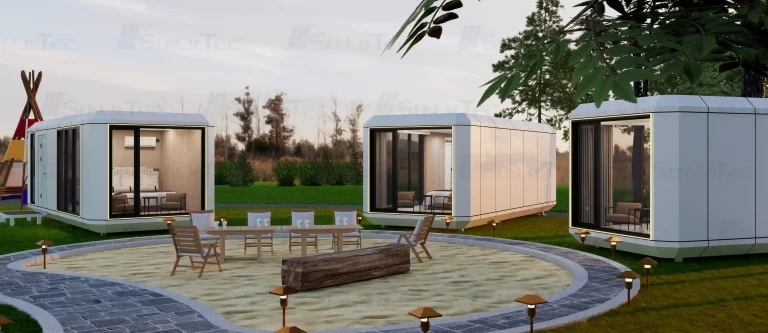
Plotting to shift your prefab dwelling? Uncover vital expense elements, pro relocation advice, and savvy funding tactics to ensure a smooth, budget-friendly switch to your fresh spot.
Key Elements Affecting the Cost of Moving a Manufactured Home
Shifting a prefab dwelling involves diverse factors that directly sway the total expense. Grasping these pieces can aid you in plotting and funding wisely for the shift.
Distance and Location
The gap between your prefab dwelling’s current spot and its new home heavily shapes the cost. Bigger gaps typically demand more resources, like fuel and extra hands, which hikes spending. Plus, the area’s layout affects costs too. This stems from shifts in road states, reachability, and local rules. Far-off zones might face fewer limits, while city spots could need extra permits or tricky planning.
Size and Weight of the Manufactured Home
Your prefab dwelling’s bulk and heft are big players. Larger units or those with many parts need special gear for hauling. Also, heavier setups might call for sturdier trailers or added bracing during the move. Prefab homes, broadly speaking, mean factory-made units that shift whole or break down, move, and rebuild easily. This snap-together style offers wiggle room but needs careful thought for bigger hauls.
Preparation and Permits
Before hauling a prefab dwelling, prep is a must. This covers cutting off utilities, locking down loose bits inside, and ensuring the frame holds up on the road. Permits are another key piece. Local powers often demand them to meet safety benchmarks. Snagging these permits brings fees that shift with the area and its specific calls. The land on which the prefabricated house is to be placed needs to be hardened and leveled, otherwise it will cause the prefabricated house to tilt
Transportation and Equipment Costs
Hauling is a top chunk of moving a prefab dwelling. The gear used and linked planning greatly tweak the overall tab.
Specialized Transport Vehicles for Manufactured Homes
Shifting a prefab dwelling needs custom vehicles built to handle their odd sizes and heft. These vehicles include flat platforms or lifting haulers fitted to tote factory-made setups safely. The rig picked ties to stuff like the unit’s size and road state along the path.
Escort Vehicles and Safety Measures
Escort vehicles often must tag along when moving prefab dwellings on open roads. These vehicles keep things safe by steering traffic around the big load and boosting visibility for other drivers. Booking escort crews adds to the tab. Yet, it’s vital for sticking to haul rules.
Fuel Costs and Route Planning
Fuel tabs are another shifting expense tied to gap, path twists, and current fuel rates. Smart path plotting can trim fuel use while dodging hurdles like low spans or tight lanes that might snag the haul. Good plotting cuts delays and smooths the shift.
Labor Expenses in Moving a Manufactured Home
Work costs grab another hefty slice of moving tabs. Skilled pros are needed at every step to keep things safe and swift.
Professional Movers and Their Role in the Process
Pro haulers bring know-how to shifting prefab dwellings. They tackle jobs like prepping the unit for the road, loading it onto custom vehicles, securing it en route, and piecing it back together at the new spot if needed.
Breakdown of Labor Charges
Work fees usually cover:
- Prep Tasks:Cutting utilities, locking down inside bits, and bolstering frame parts.
- Load & Unload:Safely shifting the unit onto haul vehicles.
- Rebuild:Hooking utilities back up or tweaking as needed at the new site.
Each bit needs trained hands who bill based on their skill, time spent, and area pay norms.
Additional Services That May Affect Costs
When plotting to shift a prefab dwelling, extra services might pop up. These can sharply sway the total expense. They’re often key to ensuring a glitch-free, safe shift.
Disconnection and Reconnection of Utilities
Before shifting your prefab dwelling, all utilities must get unhooked. This spans power, water, gas, and other links. Pro techs are usually needed to handle these jobs safely and well. Once the unit hits its new spot, these utilities need hooking up again. Costs for these tasks shift with the setup’s complexity and local work rates.
- Power:Unhooking and rehooking electric lines.
- Water and Waste:Ensuring pipe systems get detached and refitted right.
- Gas:Handling gas lines safely to dodge leaks or risks.
These steps keep your prefab dwelling workable after the shift.
Repairs or Modifications Before Moving
Sometimes, your prefab dwelling might need fixes or tweaks before it can roll. This could mean beefing up frame bits, patching damage, or tweaking to match haul rules. Take these cases:
- Frame Boosts:Strengthening weak spots to avoid transit harm.
- Rule Tweaks:Adjusting stuff like roof height or width for road space.
Such prep keeps your unit whole on the move but piles onto the tab.
Storage Options for Temporary Placement
If there’s a wait between leaving your old spot and settling into the new one, you might need a short-term hold for your prefab dwelling. Storage spots built for factory-made units offer safe picks for brief stashing. Costs hinge on hold time, spot type, and area.
By tallying these extra services—utility handling, needed fixes or tweaks, and short-term storage—you can sharper guess the full expense of shifting your prefab dwelling.
Sunlit Tec: A Reliable Partner for Manufactured Homes

Picking the right ally for your prefab dwelling needs is huge. Sunlit Tec shines as a trusty source, offering solid goods and top-notch help tailored to fit varied calls.
Why Choose Sunlit Tec as Your Manufactured Home Supplier?
Sunlit Tec excels in dishing out fresh fixes for prefab dwellings. Prefab homes, broadly put, mean factory-made units that shift whole or break down, haul, and rebuild easily. With heaps of know-how in this game, they put buyer joy first by delivering goods that mix toughness with modern flair.
Key perks of picking Sunlit Tec:
- Snap-Together Skill:Most movable homes lean on snap-together ideas, giving flex in setup and hauling.
- Stuff Freshness:Steady digging into new green stuff makes movable homes sturdier, power-smart, and earth-kind.
- Tailor Picks:They dish out custom fixes to match specific wants, be it unique looks or use needs.
Sunlit Tec’s pledge to caliber ensures your stake in a prefab dwelling is trusty and worth it.
Frequently Asked Questions (FAQs)
What is the average cost to move a manufactured home?
The typical tab swings wide based on stuff like gap, unit size, prep needs, and extras like permits or utility rehooking. On average, shifting a single-wide prefab home might span $5,000-$8,000. Double-wide units could hit $10,000-$13,000 depending on these shifts.
Are there any hidden fees involved in moving a manufactured home?
Sneaky fees can crop up if some bits get missed in plotting. These might cover surprise permit tabs from area rules or extra charges for escort vehicles needed on the haul. Sharp plotting helps cut these shocks.
How long does it typically take to move a manufactured home?
The timeline ties to stuff like prep work (cutting utilities), travel gap, weather on the road, and rebuild at the new spot. Usually, it takes 1-3 days for short hauls. But it might stretch to a week for far-off spots or tricky setups.






